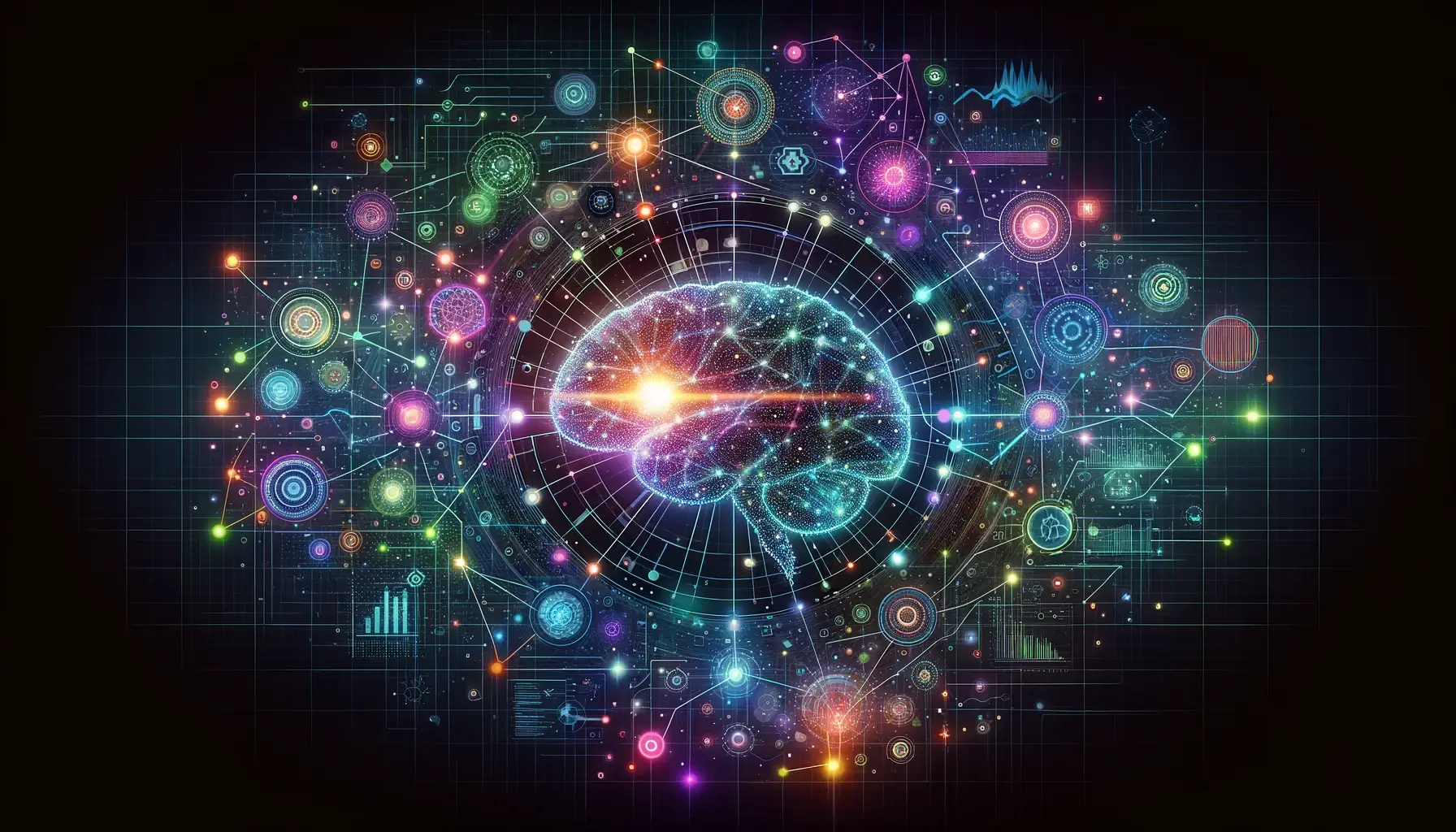In the digital age, the quest to break down communication barriers between humans and machines has led to remarkable advancements in Artificial Intelligence (AI), with Natural Language Processing (NLP) at the forefront. NLP is a transformative technology that enables machines to understand, interpret, and respond to human language in a way that is both meaningful and useful. This blog post explores the fundamentals of NLP, its applications, challenges, and the future prospects of this exciting field.
Understanding Natural Language Processing
Natural Language Processing combines computational linguistics—rule-based modeling of human language—with statistical, machine learning, and deep learning models. These technologies enable computers to process and understand human (natural) languages, facilitating more intuitive interactions between humans and machines.
The Core Components of NLP
- Syntax and Semantics: NLP algorithms need to understand the structure (syntax) and meaning (semantics) of sentences to grasp the context and intent behind human communication.
- Entity Recognition: Identifying and categorizing key elements in text into predefined categories, such as the names of people, organizations, locations, expressions of times, quantities, monetary values, percentages, etc.
- Sentiment Analysis: Determining the emotional tone behind a series of words to gain an understanding of the attitudes, opinions, and emotions expressed.
Applications of NLP
NLP has a wide array of applications that have significantly impacted various sectors:
- Voice Assistants and Chatbots: Facilitating human-like interactions with devices and services, enhancing customer service and user experience.
- Translation Services: Breaking down language barriers by providing real-time, accurate translations of text and speech.
- Sentiment Analysis: Monitoring public opinion on social media platforms, customer reviews, and feedback for market research and political campaigns.
- Content Summarization: Automatically generating summaries of long texts, saving time and effort in information gathering and research.
Challenges in NLP
Despite its advancements, NLP faces several challenges that stem from the complexity and diversity of human language:
- Ambiguity and Context: Words can have multiple meanings depending on their usage in a sentence, making it difficult for machines to accurately interpret human language.
- Sarcasm and Irony: Detecting sarcasm and irony in text is challenging due to the subtlety and complexity of human expression.
- Language Diversity: The vast array of languages, dialects, and jargons, each with its own rules and nuances, poses a significant challenge for NLP systems.
The Future of NLP
The future of NLP holds promising advancements that could further bridge the gap between human communication and machine understanding:
- Improved Contextual Understanding: Ongoing research aims to enhance NLP models’ ability to grasp the context and subtleties of language, leading to more accurate and nuanced machine interpretation.
- Cross-language Communication: Advances in translation and multilingual models will enable smoother cross-language communication, fostering global connectivity.
- Emotion AI: The integration of emotional intelligence in NLP systems could revolutionize interactions, allowing machines to respond to human emotions in a more empathetic and context-aware manner.
In conclusion, Natural Language Processing stands as a pivotal technology in the AI landscape, offering the potential to transform how we interact with machines and access information. As NLP continues to evolve, it promises to unlock new possibilities for human-machine communication, making technology more accessible, intuitive, and aligned with our natural ways of communicating.

